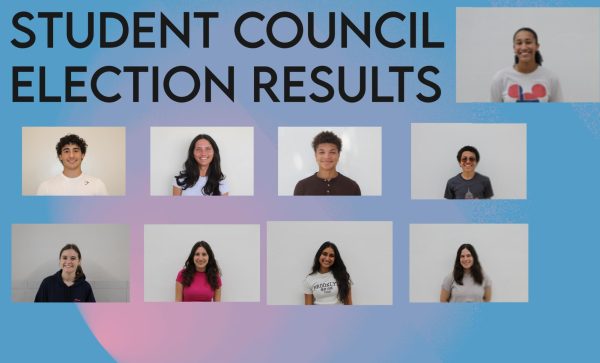Green Apple Schools: Road to Making Education Sustainable
April 5, 2023
As part of the Florida Department of Environmental Protection’s goal to protect and restore Florida’s natural resources, the Florida Green Schools Designation was launched in 2016.
“The Florida Department of Environmental Protection has this green hotels program that they went ahead and pivoted and made a similar application for green schools,” Miami-Dade County Council and Florida Parent-Teacher Association Sustainability Chair Michele Drucker said.
To qualify as a Green Apple school, one must conduct a property search of the campus and implement sustainable practices in five areas of operation: communication and operation, waste reduction reuse and recycling, energy efficiency, air quality and water conservation.
“To make a commitment to reducing environmental impacts… They give you a list of actions to take under each [sustainability] category,” Drucker said.
K-12 schools have the ability to set goals and take action on improving environmental performance through this program. So far, Palmetto Elementary, Pinecrest Elementary and MAST Academy remain the only designated schools.
Each designated school begins at the Green Apple level but can make its way up to bronze, silver and Gold Apple tiers.
“ [Making your way up the tiers means] that you have added more robust programs to further reduce environmental impacts at the school. So, it basically has to do with how many things you do,” Drucker said.
Miami Palmetto Senior High senior Abigail Wylie has been working alongside AP Environmental Studies teacher Pamela Shlachtman to make MPSH a designated Green Apple school.
“I decided I wanted to help make Palmetto a Green Apple school to improve efficiency and the carbon footprint at Palmetto. Throughout my four years, I have seen a lot of energy being wasted and stopping the inefficient use of energy is a small way to help our school become more green, lessening the damage to the environment,” Wylie said.
Wylie has faced numerous challenges; it took her months to obtain access to the necessary information to begin the process of working on the application.
Besides the environmental benefits that couple a title as a Green Apple school, the school receives recognition. Then, the school can apply to become a United States Department of Education Green Ribbon School, a prestigious sustainability award only awarded to five schools per state every year.
The Sustainability Board actively attempts to recruit more schools into the Green Apple initiative due to their commitment of getting the school district to use 100% clean energy by 2030.
“One does a beach cleanup, or maybe you have the Student Climate Summit, or you do your own thing, but when you have a coalition of Green Apple schools that are all kind of using the same metric to measure their sustainability, then you can speak with one voice. That has been impactful and helped create a lot of momentum towards better environmental programming and operations in our schools,” Drucker said.
Recognition as a Green Apple school benefits the campus and students alike.
“Being a Green Apple [school] will definitely improve our community on campus. Increasing efficiency and lowering energy use would decrease spending, which could potentially be used for other purposes on campus,” Wylie said.















